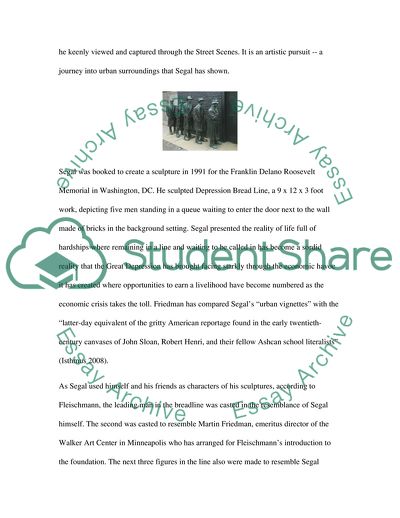Cite this document
(Jewish Art History: George Segal Case Study Example | Topics and Well Written Essays - 2000 words, n.d.)
Jewish Art History: George Segal Case Study Example | Topics and Well Written Essays - 2000 words. Retrieved from https://studentshare.org/performing-arts/1735679-jewish-art-history-george-segal
Jewish Art History: George Segal Case Study Example | Topics and Well Written Essays - 2000 words. Retrieved from https://studentshare.org/performing-arts/1735679-jewish-art-history-george-segal
(Jewish Art History: George Segal Case Study Example | Topics and Well Written Essays - 2000 Words)
Jewish Art History: George Segal Case Study Example | Topics and Well Written Essays - 2000 Words. https://studentshare.org/performing-arts/1735679-jewish-art-history-george-segal.
Jewish Art History: George Segal Case Study Example | Topics and Well Written Essays - 2000 Words. https://studentshare.org/performing-arts/1735679-jewish-art-history-george-segal.
“Jewish Art History: George Segal Case Study Example | Topics and Well Written Essays - 2000 Words”. https://studentshare.org/performing-arts/1735679-jewish-art-history-george-segal.


